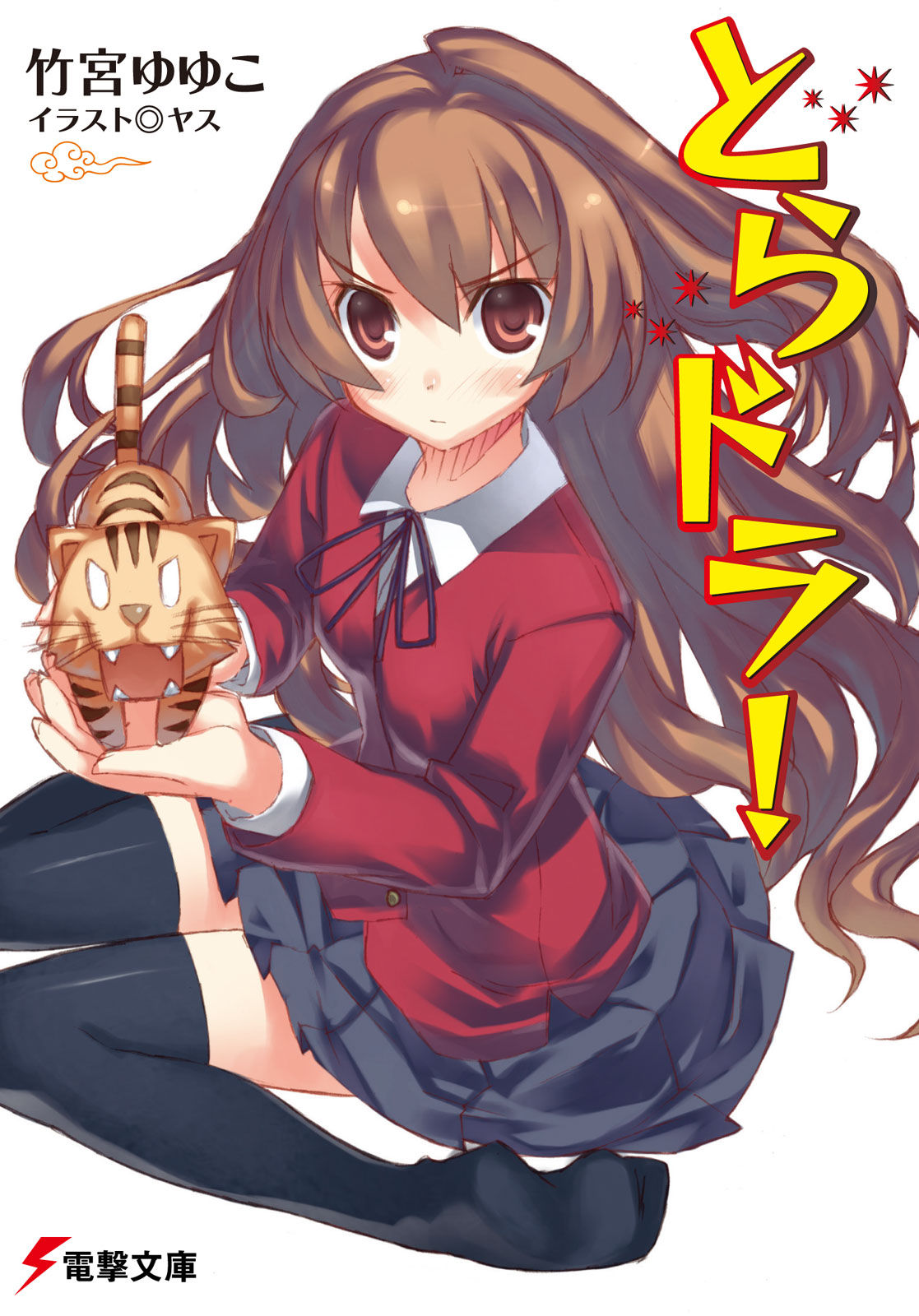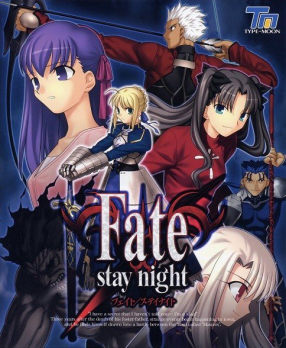It's time for another supplementary lesson! This is a continuation of the lesson on "other media" awhile back.
This time we'll be talking about audio dramas, live action adaptations, and dojinshi.
Every once in awhile, popular anime or manga might get an audio drama, an acoustic-only performance. Rather than a direct adaptation, audio dramas tend to tell "side-stories" that aren't directly connected to the main story.
Likewise, sometimes an anime or manga will be adapted into a live-action version. There is, however, at least one example where the reverse occurred; "Oh! Edo Rocket" is a stage play that got adapted into an anime.
Finally, dojinshi are self-published works, often by fans or amateurs (though professionals have been known to produce them as well). These can be stand-alone works, or derivatives/fan-fiction of professional works. These are highly popular in Japan but not so much in the west.
That's it for now, see you next time!
Wednesday, March 30, 2011
Monday, March 21, 2011
I see you (seiyu)
Ok, extremely bad pun this time (especially since I don't think they're actually pronounced the same), but I'm jetlagged from my trip. Seriously, Singapore's got a 12 hour time difference currently so it's literally the exact opposite. Ok back on topic, today's lesson is on Seiyu, or voice actors! Oh and before I forget, special thanks to the Korea's Music Seoul blog for the suggestion! Go check them out (after the lesson though!)
First off, what is voice acting? Simply put, its providing a voice for animated characters. Ever watch Star Wars? Yoda's voice was provided by a voice actor. Gollum's from the Lord of the Rings? Ditto. Pretty much any cartoon or videogame character voice ever? You get my point.
Anyways, the Japanese voice acting industry is particularly big relative to the rest of the world, largely due to the size of the anime industry (Japan produces an astounding 60% of the world's total animation output). As a result, popular seiyu can easily reach high levels of fame. It isn't particularly unheard of for people to watch a given anime just because a certain seiyu is in it and some seiyu have also joined the music industry to make further use of their miraculous voices.
Some examples of well-known seiyu are: Norio Wakamoto, Aya Hirano, Kikuko Inoue, and Romi Park (who's actually Korean).
Til next time!
First off, what is voice acting? Simply put, its providing a voice for animated characters. Ever watch Star Wars? Yoda's voice was provided by a voice actor. Gollum's from the Lord of the Rings? Ditto. Pretty much any cartoon or videogame character voice ever? You get my point.
Anyways, the Japanese voice acting industry is particularly big relative to the rest of the world, largely due to the size of the anime industry (Japan produces an astounding 60% of the world's total animation output). As a result, popular seiyu can easily reach high levels of fame. It isn't particularly unheard of for people to watch a given anime just because a certain seiyu is in it and some seiyu have also joined the music industry to make further use of their miraculous voices.
Some examples of well-known seiyu are: Norio Wakamoto, Aya Hirano, Kikuko Inoue, and Romi Park (who's actually Korean).
Til next time!
Labels:
Voice Acting
Thursday, March 10, 2011
Break
OtakuNovice will be taking a break as I will be headed off to Singapore for a week. Updates will resume when I come back
Thursday, March 3, 2011
Supplementary Lesson: Other Media
Manga and anime are often highly related, with manga becoming adapted to anime or a popular anime having manga "spinoffs". However, there are also two other sources of material that are often adapted to manga/anime forms or vice versa. These are:
- Light Novels: These are literally "light" or "short" novels, often with a few illustrations that are usually targeted towards young adults.
- Examples: Toradora!, Spice and Wolf, The Melancholy of Suzumiya Haruhi
- Visual Novels: Wikipedia calls these "an interactive fiction game featuring mostly static graphics, usually with anime-style art". Basically, think of a "choose-your-own-adventure" story but with graphics and in electronic form. These are typically targeted towards adults.
- Examples: Fate/Stay Night, Tsukihime, Clannad
Fate/Stay Night is a perfect example of how something can be adapted into multiple forms; it was originally a visual novel but its success has resulted in both anime and manga adaptations, as well as a light novel series that serves as a prequel, Fate/Zero (which, incidentally, is going to be adapted into an anime too!).
Labels:
Supplementary Lesson
Subscribe to:
Posts (Atom)


